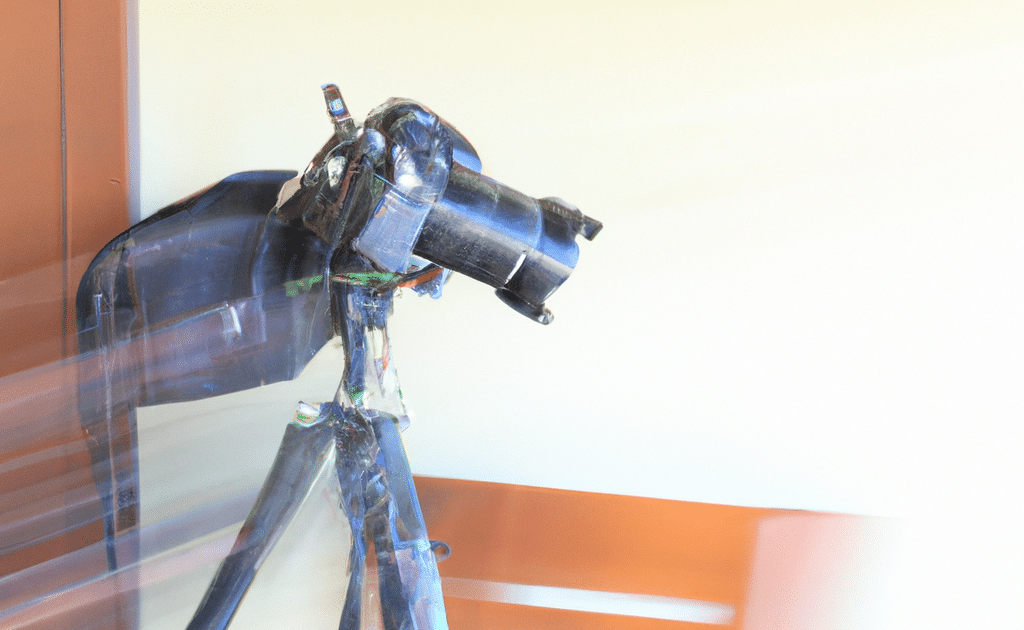In the world of automotive photography, capturing the perfect angle is crucial. Whether you’re a professional photographer or an amateur enthusiast, having the right equipment can make all the difference.
One such piece of equipment that plays a vital role in achieving stunning automotive shots is the tripod. While many photographers may overlook the importance of tripods in this genre, they can significantly enhance the quality and creativity of your images.
But what exactly is a tripod, and why is it so essential in automotive photography? In this article, we will delve into the world of tripods and explore their significance in capturing breathtaking automotive photographs.
Before we dive into the details, let’s take a moment to understand the challenges faced by automotive photographers and how tripods can help overcome them.
Automotive photography is a unique genre that requires a blend of technical skills, creativity, and precision. Photographers strive to capture the beauty, power, and elegance of automobiles in their images. However, achieving the perfect shot can be quite challenging.
One of the main obstacles faced by automotive photographers is the need for stability. Capturing a moving vehicle or shooting in low-light conditions can result in blurry or shaky images. This is where tripods come to the rescue.
A tripod is a three-legged device that provides stability and support to your camera. It allows you to keep your camera steady, eliminating the risk of camera shake and ensuring sharp and clear images.
Moreover, tripods offer versatility in positioning your camera. With adjustable legs and a tilting head, you can easily achieve different angles and perspectives, enabling you to capture the perfect shot from various vantage points.
Another advantage of using a tripod in automotive photography is the ability to shoot at slower shutter speeds. By mounting your camera on a tripod, you can reduce the risk of motion blur and capture crisp and detailed images, even in challenging lighting conditions.
Furthermore, tripods enable photographers to experiment with long exposure techniques. This opens up a whole new world of creative possibilities, allowing you to capture light trails, starry skies, and other captivating effects.
In addition to stability and creative opportunities, tripods also enhance the overall workflow of automotive photographers. They provide a secure and reliable platform for your camera, freeing up your hands to adjust other settings, compose your shot, or interact with your subject.
Whether you’re shooting a classic car on a scenic road or capturing the sleek lines of a modern sports car, a tripod can be your best companion in achieving the perfect angle and capturing stunning automotive photographs.
Now that we understand the importance of tripods in automotive photography, let’s explore the different types of tripods available in the market and how to choose the right one for your needs. Join us in the next part of this series as we dive deeper into the world of tripods and uncover the secrets to capturing the perfect shot.
Understanding the Different Types of Tripods
When it comes to tripods, there are various types available in the market, each designed to cater to specific needs and shooting styles. Understanding the different types can help you make an informed decision and choose the right tripod for your automotive photography.
One of the most common types of tripods is the traditional tripod with three extendable legs. These tripods offer stability and versatility, allowing you to adjust the height and position of your camera. They are suitable for a wide range of shooting scenarios and are a popular choice among photographers.
Another type of tripod that has gained popularity in recent years is the compact or travel tripod. These tripods are lightweight and portable, making them ideal for photographers who are always on the go. They are perfect for automotive photography enthusiasts who want to capture stunning shots during their road trips or outdoor adventures.
If you’re looking for maximum stability and support, you might consider investing in a professional-grade tripod. These tripods are built with high-quality materials and are designed to withstand heavy cameras and lenses. They often come with advanced features such as carbon fiber construction, fluid heads, and precise controls for smooth panning and tilting.
Apart from these common types, there are also specialized tripods available for specific purposes. For example, if you’re into macro photography and want to capture intricate details of a car’s design, you might opt for a macro tripod with a center column that can be positioned horizontally. This allows you to get closer to your subject and achieve precise focus.
Now that you have a better understanding of the different types of tripods, let’s move on to the factors you should consider when choosing a tripod for your automotive photography.
Factors to Consider When Choosing a Tripod
Choosing the right tripod for your automotive photography requires careful consideration of several factors. Let’s take a look at some key aspects that can help you make an informed decision:
1. Stability: The primary purpose of a tripod is to provide stability to your camera. Look for a tripod that is sturdy and can support the weight of your camera and lens without wobbling or tipping over. Consider the material of the tripod legs, with options ranging from aluminum to carbon fiber. Carbon fiber tripods are lightweight yet durable, making them an excellent choice for outdoor shooting.
2. Height and Adjustability: The height and adjustability of a tripod are crucial factors to consider. Look for a tripod that offers a comfortable working height for your shooting style. Additionally, check if the tripod has adjustable legs and a center column that can be extended or retracted to achieve the desired height and shooting angle.
3. Weight and Portability: If you often shoot on location or travel frequently, a lightweight and portable tripod is essential. Consider the weight of the tripod and how easily it can be folded and carried. Compact tripods are great for photographers on the move, but make sure they still offer sufficient stability for your camera setup.
4. Compatibility: Ensure that the tripod you choose is compatible with your camera and lens. Check the maximum load capacity of the tripod to ensure it can support your equipment. Additionally, consider the tripod’s mounting plate and make sure it is compatible with your camera’s mounting system.
5. Features and Accessories: Tripods come with various features and accessories that can enhance your shooting experience. Look for features such as a quick-release plate for easy camera attachment and detachment, a bubble level for precise leveling, and a hook for hanging additional weight to increase stability in windy conditions.
By considering these factors, you can narrow down your options and find a tripod that meets your specific requirements and shooting style. Now that you have a tripod in hand, let’s move on to the next part of this series, where we will explore some tips and techniques for using tripods effectively in automotive photography.
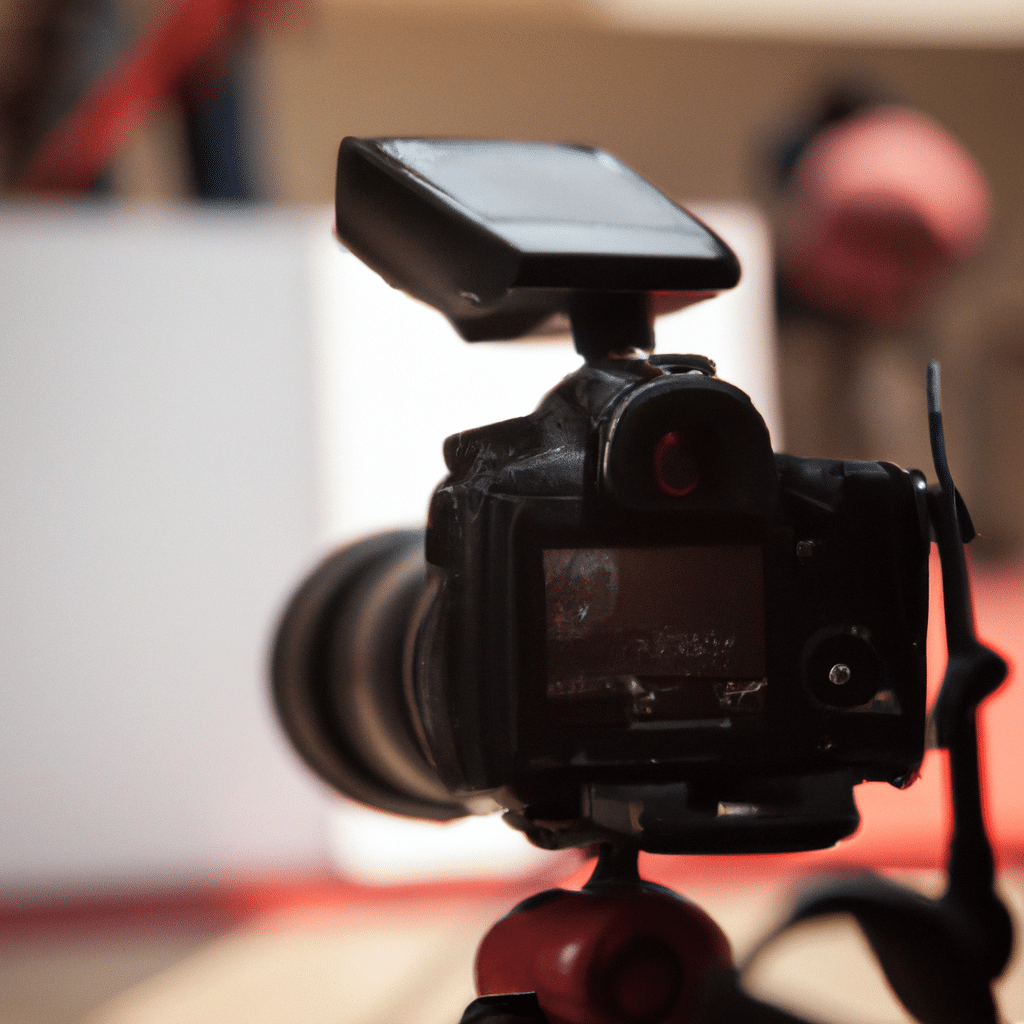
Tips and Techniques for Using Tripods in Automotive Photography
Now that you have your tripod set up and ready to go, let’s explore some tips and techniques for using tripods effectively in automotive photography.
1. Composition and Framing: One of the key advantages of using a tripod is the ability to carefully compose and frame your shots. Take your time to find the perfect angle and perspective for capturing the essence of the vehicle. Experiment with different compositions, such as the rule of thirds or leading lines, to create visually appealing images.
2. Use a Remote Shutter Release: To further minimize camera shake, consider using a remote shutter release or a cable release. This allows you to trigger the shutter without physically touching the camera, reducing the risk of introducing vibrations. Alternatively, you can also use the camera’s self-timer function to delay the shutter release after pressing the button.
3. Long Exposure Techniques: Tripods are particularly useful for long exposure techniques in automotive photography. By using slower shutter speeds, you can capture light trails created by moving cars, adding a dynamic element to your images. Experiment with different exposure times to achieve the desired effect.
4. Focus Stacking: Focus stacking is a technique used to achieve maximum depth of field in automotive photography. By taking multiple shots at different focus points and later blending them together in post-processing, you can ensure that both the foreground and background of the vehicle are in sharp focus. Using a tripod helps maintain consistency and stability throughout the focus stacking process.
5. Bracketing for HDR: High Dynamic Range (HDR) photography is another technique that can be enhanced with the use of a tripod. Bracketing involves taking multiple shots at different exposure levels and later merging them together to create an image with a wider dynamic range. Using a tripod ensures that each shot is aligned perfectly, resulting in a seamless HDR image.
6. Experiment with Angles and Perspectives: With a tripod, you have the freedom to experiment with various angles and perspectives. Try shooting from low angles to emphasize the car’s size and power, or capture unique reflections by shooting from different heights. Don’t be afraid to get creative and think outside the box.
7. Utilize the Tripod’s Stability for Detail Shots: Tripods are not only useful for capturing wide-angle shots but also for detailed close-ups. When photographing intricate details of a car, such as the emblem or the interior, using a tripod ensures stability and precise focus. It allows you to take your time and capture every tiny detail with clarity.
8. Be Mindful of Wind and Stability: While tripods provide stability, they can still be affected by external factors such as wind. If you’re shooting in windy conditions, consider using a heavier tripod or hanging additional weight from the hook to increase stability. Additionally, avoid extending the tripod legs to their maximum height, as this can make the setup more susceptible to vibrations.
By implementing these tips and techniques, you can make the most out of your tripod and elevate your automotive photography to the next level. Now, let’s move on to the final part of this series, where we will discuss some additional accessories that can further enhance your photography experience.
Additional Accessories to Enhance Your Automotive Photography
In addition to tripods, there are several other accessories that can further enhance your automotive photography experience. Let’s explore some of these accessories and how they can take your images to the next level.
1. Ball Heads: A ball head is a type of tripod head that allows for smooth and precise movement of the camera in any direction. It provides flexibility and ease of use, making it a popular choice among photographers. With a ball head, you can easily adjust the position and angle of your camera, allowing for quick and seamless composition changes.
2. Gimbal Heads: Gimbal heads are specifically designed for photographers using long and heavy lenses. They provide stability and balance, allowing for smooth panning and tracking of moving subjects. If you frequently shoot automotive races or fast-moving cars, a gimbal head can be a valuable addition to your gear.
3. L-Brackets: An L-bracket is a versatile accessory that allows you to quickly switch between landscape and portrait orientations without adjusting the tripod head. It provides a secure and stable connection between the camera and the tripod, ensuring that your compositions remain consistent and aligned.
4. Remote Flash Triggers: If you’re looking to add creative lighting to your automotive photography, remote flash triggers can be a game-changer. These devices allow you to wirelessly trigger off-camera flashes or strobes, giving you control over the lighting and allowing you to create dramatic effects.
5. Neutral Density (ND) Filters: ND filters are essential for long exposure photography, especially during the daytime. These filters reduce the amount of light entering the camera, allowing you to use slower shutter speeds and achieve motion blur effects. ND filters are particularly useful when capturing waterfalls, rivers, or moving cars.
6. Polarizing Filters: Polarizing filters help reduce glare and reflections, allowing you to capture clear and vibrant images. They are especially useful when photographing cars with shiny surfaces or shooting through glass. By rotating the filter, you can adjust the amount of polarization and control the reflections in your images.
7. Cable Management Accessories: Keeping your cables organized and out of the way is essential for a hassle-free shooting experience. Cable management accessories such as cable clips, ties, and sleeves can help keep your setup neat and prevent any accidental tangles or disruptions during your automotive photography sessions.
8. Camera Rain Covers: If you often shoot in unpredictable weather conditions, investing in a camera rain cover is a wise decision. These covers protect your camera and lens from rain, snow, and dust, allowing you to continue shooting without worrying about damaging your equipment.
By incorporating these accessories into your automotive photography toolkit, you can expand your creative possibilities and capture stunning images with ease. Remember, the key is to choose accessories that align with your shooting style and needs. Experiment with different combinations and techniques to find what works best for you.
Related Topics:
– Automotive Photography Tips and Tricks
– Choosing the Right Camera for Automotive Photography
– Post-Processing Techniques for Automotive Photography
– Lighting Techniques for Automotive Photography
Now that you have a comprehensive understanding of tripods and their role in automotive photography, it’s time to grab your gear and hit the road. Remember to always be patient, observant, and creative in your approach. Happy shooting!
Rhetorical Question: How can you capture the perfect angle without the stability and versatility of a tripod?
In conclusion, tripods play a crucial role in automotive photography by providing stability, versatility, and creative opportunities. Whether you’re a professional photographer or an enthusiast, investing in a high-quality tripod can significantly enhance the quality of your automotive images.
By using a tripod, you can eliminate camera shake and capture sharp and clear images, even in challenging shooting conditions. The stability provided by a tripod allows you to experiment with longer exposure times, opening up a whole new world of creative possibilities.
Moreover, tripods enable you to carefully compose and frame your shots, ensuring that you capture the perfect angle of the vehicle. With adjustable legs and a tilting head, you can easily achieve different perspectives and vantage points, adding depth and interest to your images.
Additionally, tripods enhance the overall workflow of automotive photographers. By providing a secure and reliable platform for your camera, they free up your hands to adjust settings, compose your shot, or interact with your subject. This allows you to focus on capturing the essence and beauty of the automobile without worrying about camera stability.
When choosing a tripod, consider factors such as stability, height adjustability, weight, compatibility, and additional features. There are various types of tripods available in the market, each catering to specific needs and shooting styles. Understanding these types and considering your specific requirements will help you make an informed decision.
In addition to tripods, there are several other accessories that can further enhance your automotive photography experience. Ball heads, gimbal heads, L-brackets, remote flash triggers, ND filters, polarizing filters, cable management accessories, and camera rain covers are just a few examples of accessories that can elevate your images to the next level.
Remember, the key to capturing the perfect angle in automotive photography is to be patient, observant, and creative. Experiment with different angles, perspectives, and techniques to create unique and captivating images. Embrace the versatility and stability that a tripod provides, and let your creativity soar.
So, the next time you embark on an automotive photography adventure, don’t forget to bring along your trusty tripod. It will be your reliable companion in capturing stunning shots of classic cars, sleek sports cars, or any other automobile that catches your eye.
Rhetorical Question: How can you capture the perfect angle without the stability and versatility of a tripod?
How can you capture the perfect angle without the stability and versatility of a tripod?
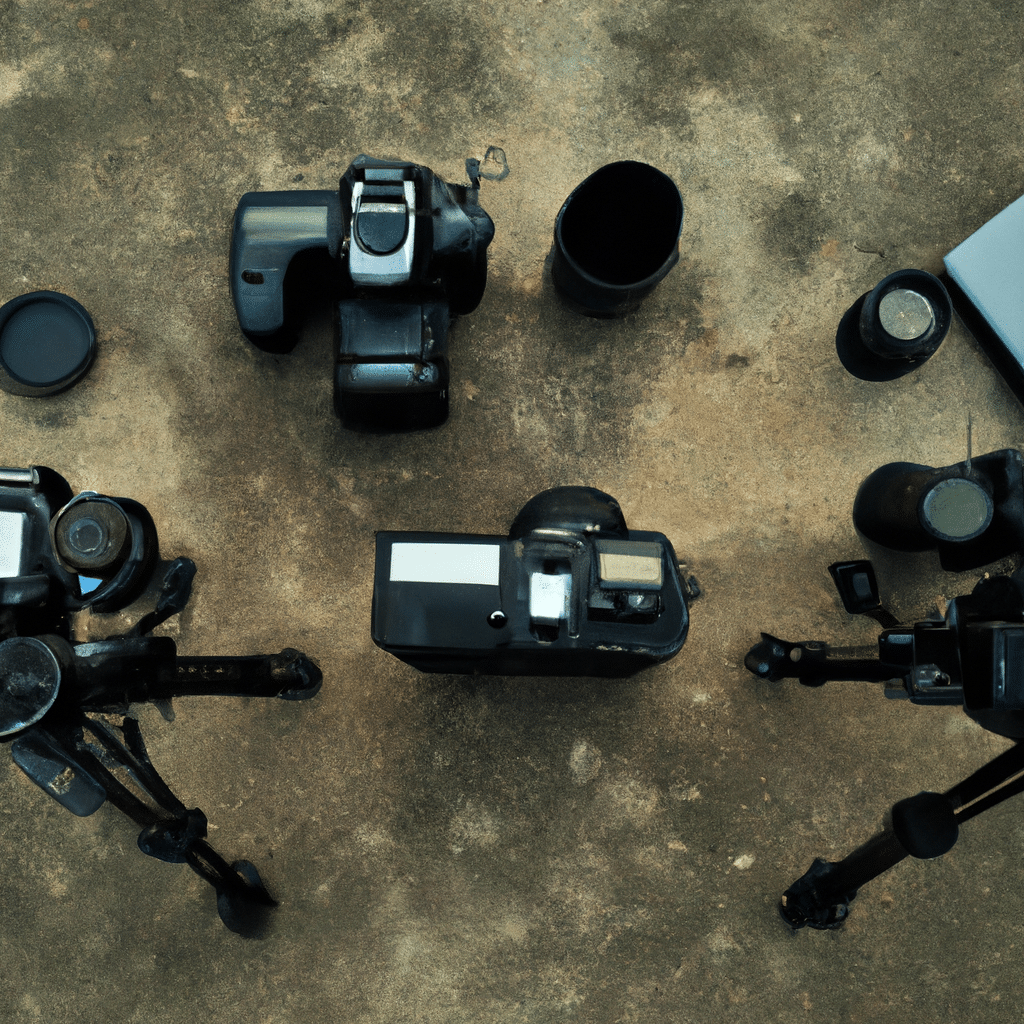
If you’re looking to take your tripod game to the next level, why not explore some DIY tripod hacks and modifications? These creative and budget-friendly solutions can enhance the functionality and versatility of your tripod. From adding extra stability with sandbags to creating a makeshift boom arm for overhead shots, there are endless possibilities to unlock the potential of your tripod. Check out our article on DIY Tripod Hacks and Modifications to learn more.
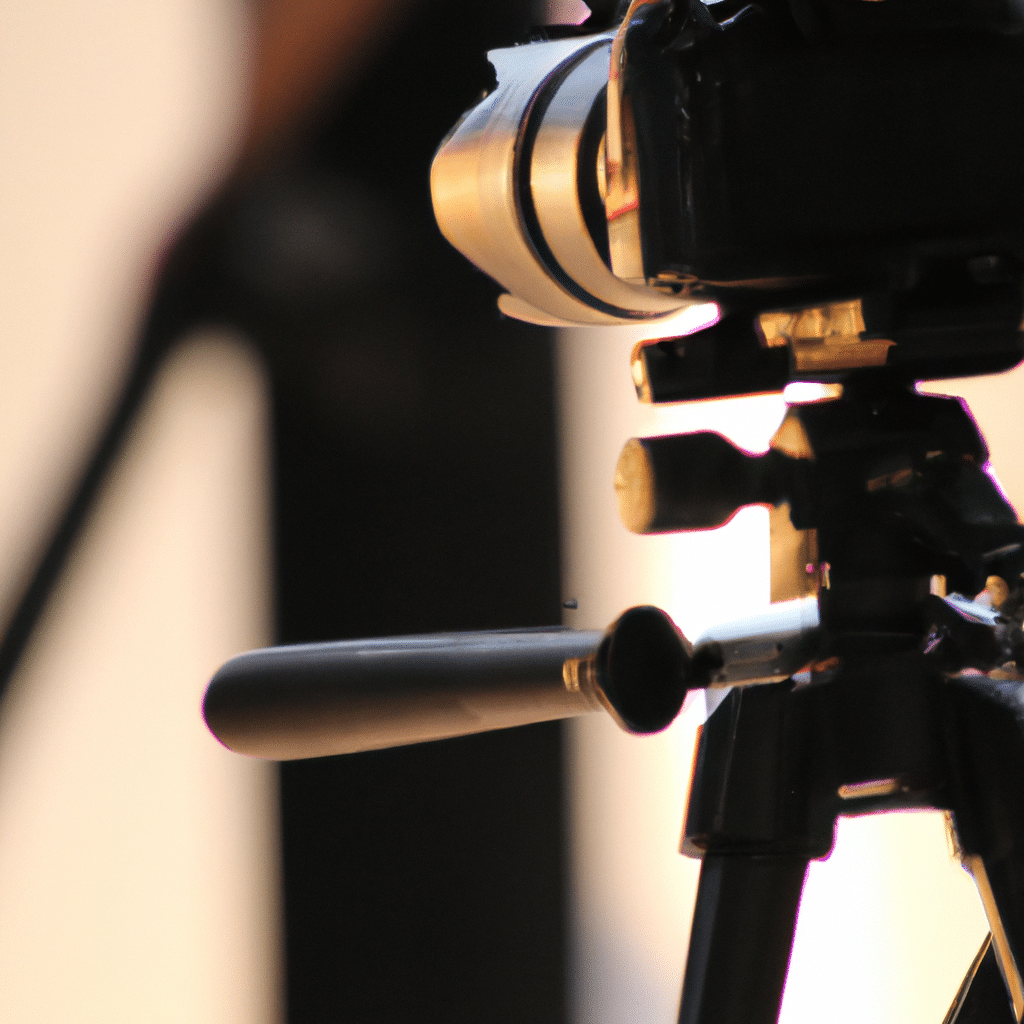
Street art photography requires agility, quick reflexes, and a camera that can keep up with the fast-paced urban environment. Mirrorless cameras have revolutionized this genre by offering compact and lightweight options without compromising on image quality. With their silent shooting mode, fast autofocus, and advanced features, mirrorless cameras are becoming the go-to choice for street art photographers. Discover how mirrorless cameras are changing the game in our article on Revolutionizing Street Art Photography with Mirrorless Cameras.
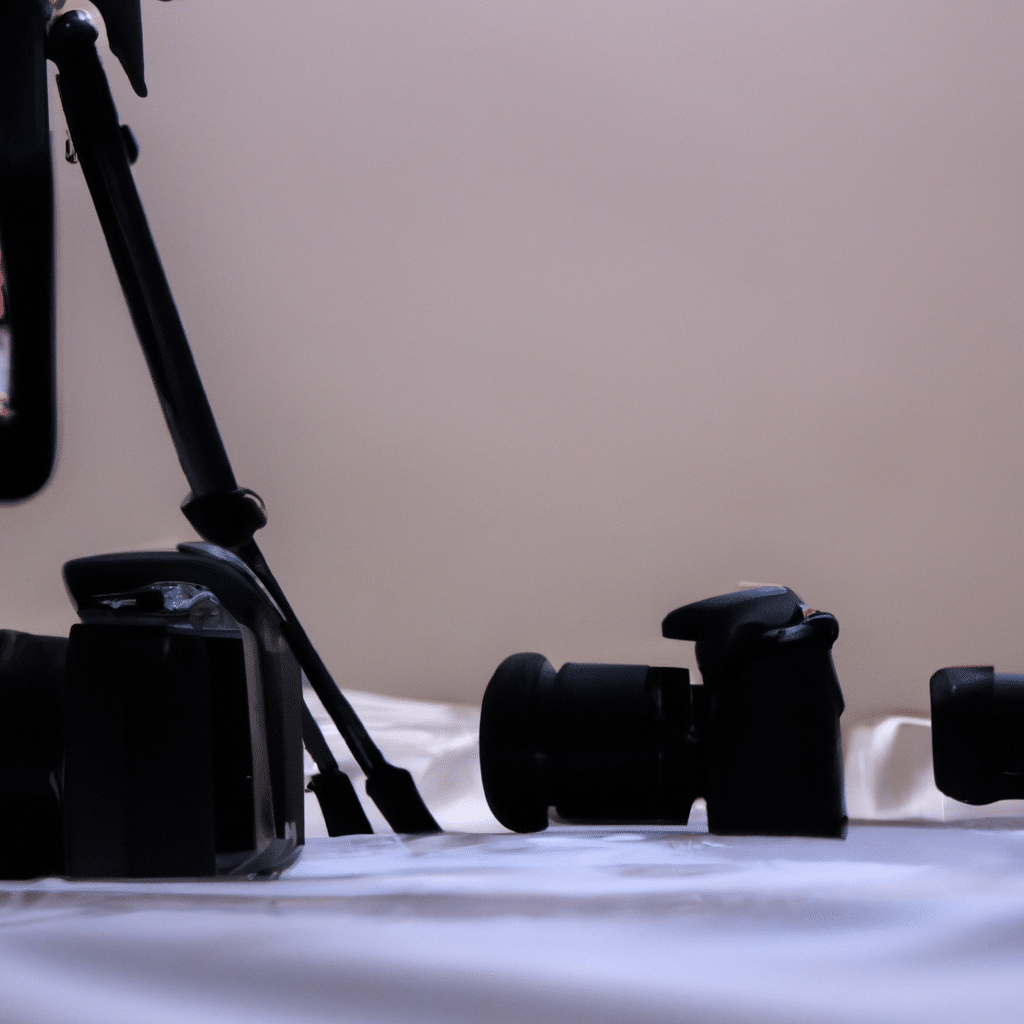
While tripods are commonly associated with still photography, they also play a crucial role in DSLR video recording. Choosing the right tripod for video work requires considering factors such as fluid heads, adjustable legs, and stability. A tripod specifically designed for video recording can provide smooth panning and tilting movements, ensuring professional-looking footage. Learn more about selecting the perfect tripod for your DSLR video recording needs in our article on Choosing the Right Tripod for DSLR Video Recording.

